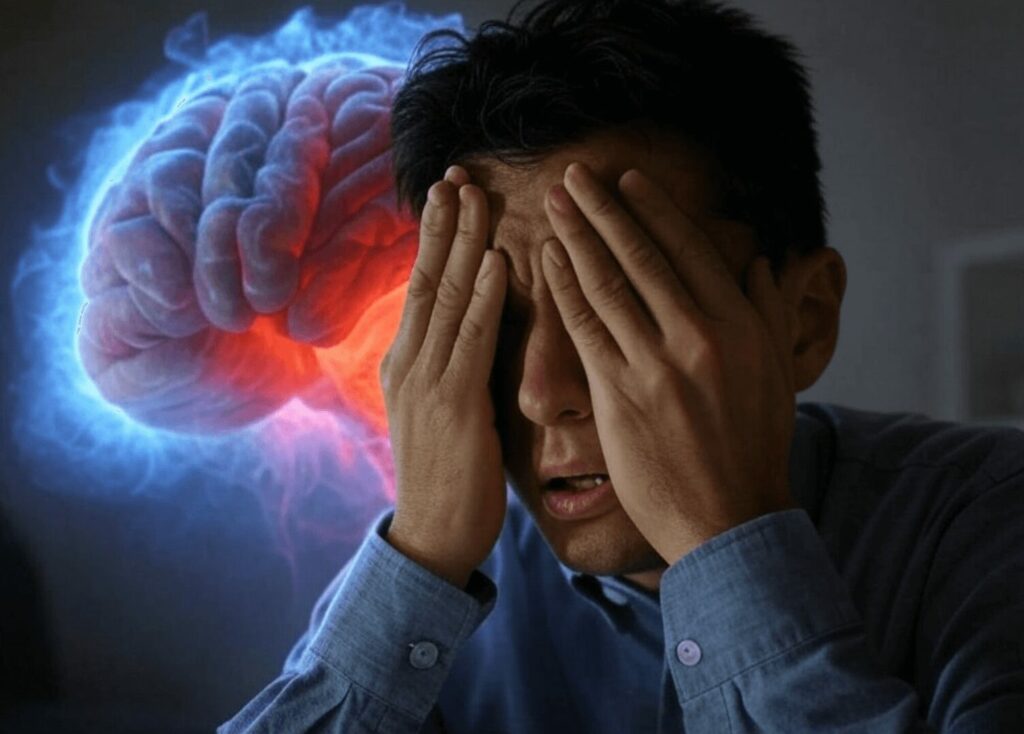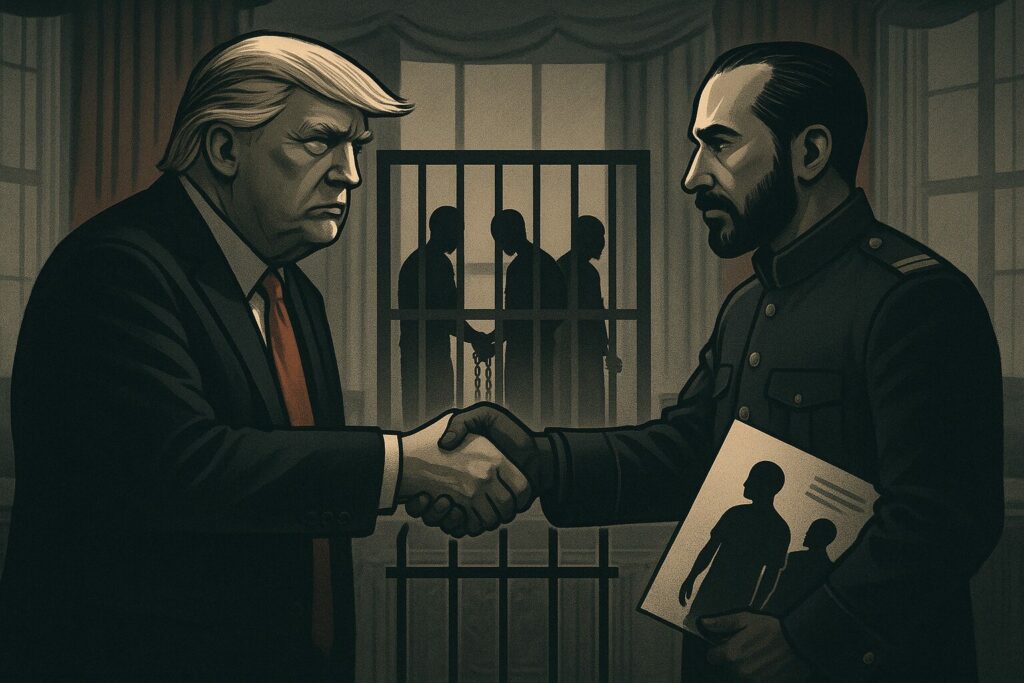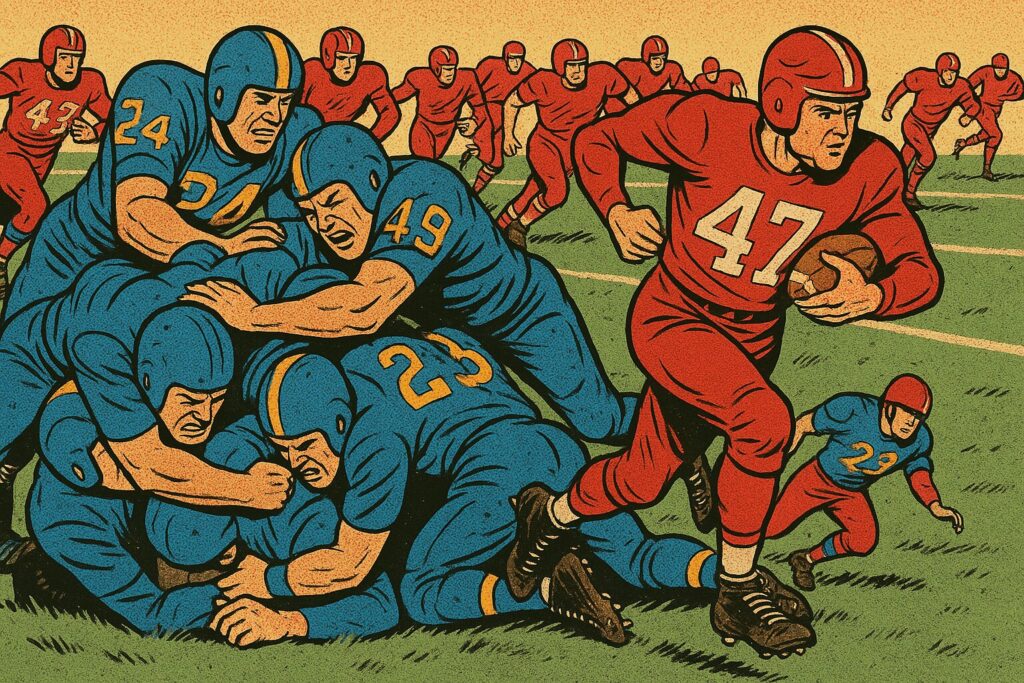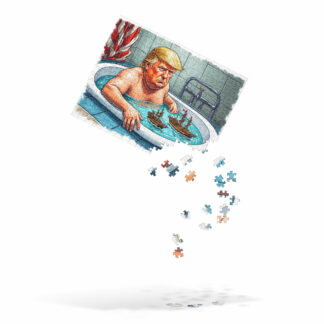
There is an illusion of choice in America’s two-party system has to come to an end. People once viewed the United States’ political system as a competitive, dynamic clash of ideologies. Today, it looks more like a deceptive binary. The two parties claim to oppose each other but often collaborate to protect their shared power. This illusion keeps the public trusting an outdated and manipulated system. In reality, the two-party system is no longer a true binary—it’s a singular entity serving itself, not the people.
The Two-Party System: From Division to Collaboration

At some point in the nation’s history, the divide between Democrats and Republicans may have been authentic, representing genuine ideological and policy differences. Over time, however, this division has eroded. The two parties now share a vested interest in preserving the status quo, shutting out third-party candidates, and controlling the mechanisms of power to their mutual benefit.
This shift is most evident in their public-versus-private behavior. In public, Democrats and Republicans seem to clash. They present voters with a binary choice: left vs. right, progressive vs. conservative. Behind the scenes, they often work together to maintain their shared power. This includes supporting corporate-friendly laws and blocking electoral reforms. Hillary Clinton’s remark about having “public and private positions” on issues reflects this duplicity. Bipartisan deals on war funding, surveillance, and corporate interests further expose their collaboration.
Americans Completely Misunderstand Their Own Electoral System
Widespread confusion about the electoral system further compounds this false binary. Most Americans misunderstand presidential elections, believing the popular vote directly decides the winner. In reality, the popular vote serves as little more than a symbol: unverifiable, manipulated by gerrymandering and voter suppression, and ultimately irrelevant to the constitutional process.
The Electoral College—already criticized for its disproportionate representation—adds another layer of abstraction. But even the Electoral College’s outcome is not final. As the 2024 election demonstrated, the House of Representatives has the constitutional authority to certify (or reject) the results. This step exposes the entire process as a series of procedural illusions, where public participation gives the appearance of legitimacy but not necessarily democratic accountability.
The Firmware Analogy: A Binary That’s Really a Singularity


The two-party system functions like a piece of outdated firmware. At one time, it may have been a genuine binary code, with competing 1s and 0s working together to create a functional system. But over time, the system stopped being updated. Instead of adapting to modern challenges, the “code” has become corrupted, and new input is no longer processed effectively.
Today, it’s as if the system is being rewritten using only 1s or only 0s, creating the illusion of a binary structure but operating as a singular entity. The public still interacts with this system as though it’s legitimate, believing their input contributes to meaningful change. In reality, the “code” serves a unified, self-sustaining system, disguising its singularity behind the appearance of choice.
Cognitive Dissonance in Public Perception

Despite evidence of systemic dysfunction, the public continues to accept the legitimacy of the two-party system. This is reinforced by media narratives that frame every issue as a battle between left and right. This binary framing distracts from the deeper reality: the two parties collaborate to protect their own power, often at the expense of the electorate.
The 2024 election starkly highlighted this dissonance. After years of branding Donald Trump as an existential threat to democracy, Democrats refrained from using their constitutional powers to challenge the election results. They justified this decision by claiming they “aren’t election deniers,” but their rhetoric contradicted their previous portrayal of Trump as “literally Hitler.” This inconsistency suggests that their loyalty lies not with principle but with preserving the system’s appearance of stability.
Restoring Transparency and Accountability
The two-party system has not only failed to represent the public but has actively undermined trust in democratic institutions. To reclaim their government, Americans must demand a system that is both truly oppositional and transparently collaborative.
This requires exposing the private deals and shared interests that uphold the uniparty system and ensuring each party’s opposition is real and meaningful.

Grassroots movements must play a key role in this transformation. Although many grassroots efforts are co-opted or manufactured today, genuine grassroots action remains the most powerful force for change. The focus must shift from electing leaders to marshaling the levers of government itself. Americans must recognize that their government is not the exclusive domain of elected officials—it is a government of the people, by the people, and for the people.
Regardless of which party is in power, citizens have the right—and responsibility—to leverage their government to serve their needs. The system’s tools still work, even if elections are untrustworthy or manipulated. By understanding and exercising their constitutional powers, Americans can hold their government accountable and restore the legitimacy of the democratic process.
The Time for Change Is Yesterday

The illusion of choice in America’s political system has persisted for too long, perpetuating a cycle of dysfunction and disillusionment. It is time to demand transparency, accountability, and reform.
The two-party system must either transform into a genuine binary or give way to a framework that represents the nation’s diversity and complexity. Only through grassroots action and a collective refusal to accept the status quo can Americans reclaim their government and fulfill the promise of democracy.















